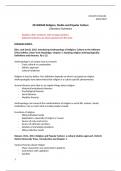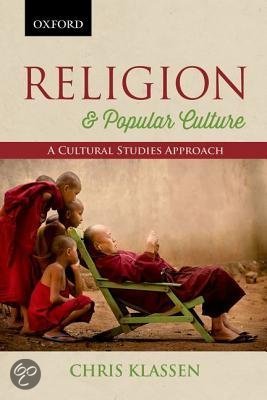Summary
Religion, Media and Popular Culture Literature Summary
- Course
- Institution
- Book
Full literature summary of all mandatory readings for the course Religion, Media and Popular Culture at Utrecht University. Includes a summary of the book "Religion and Popular Culture: A Cultural Studies Approach" by Chris Klassen.
[Show more]




